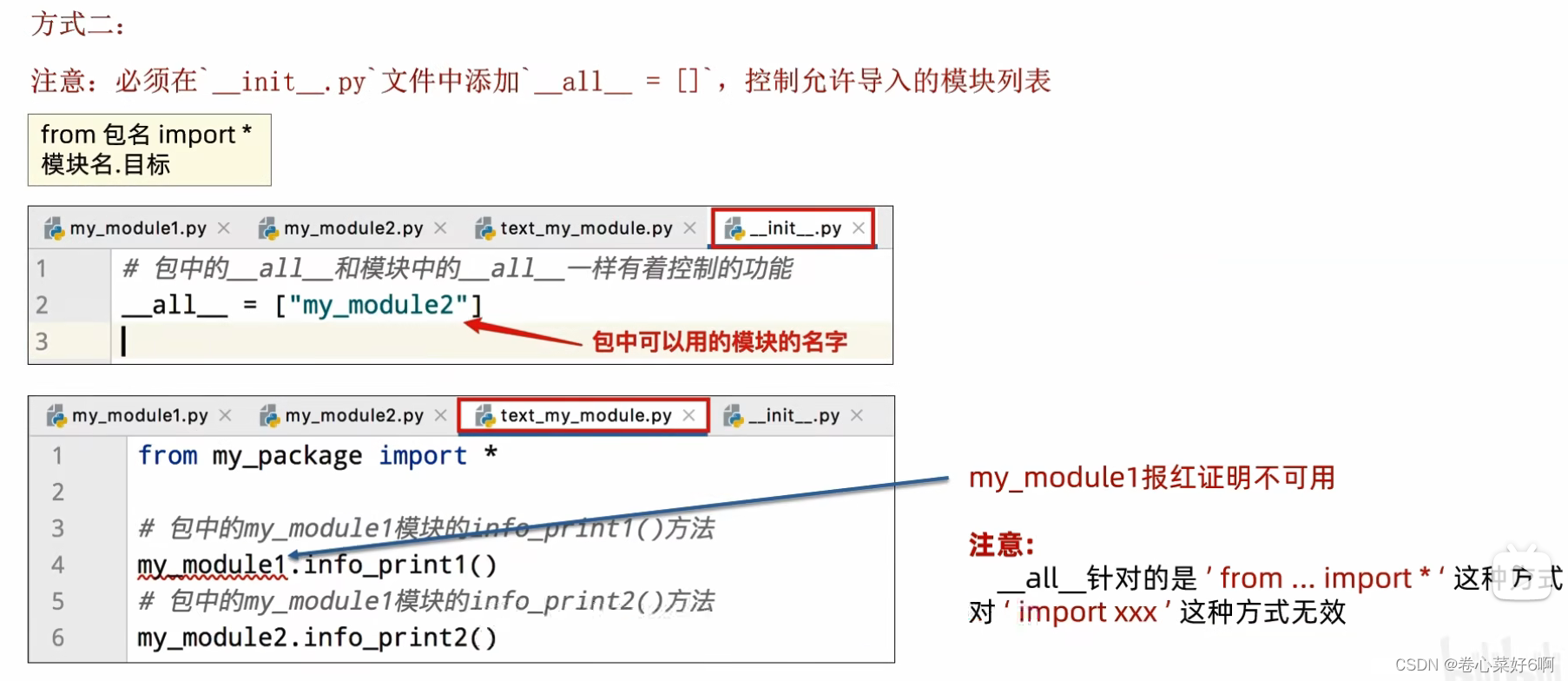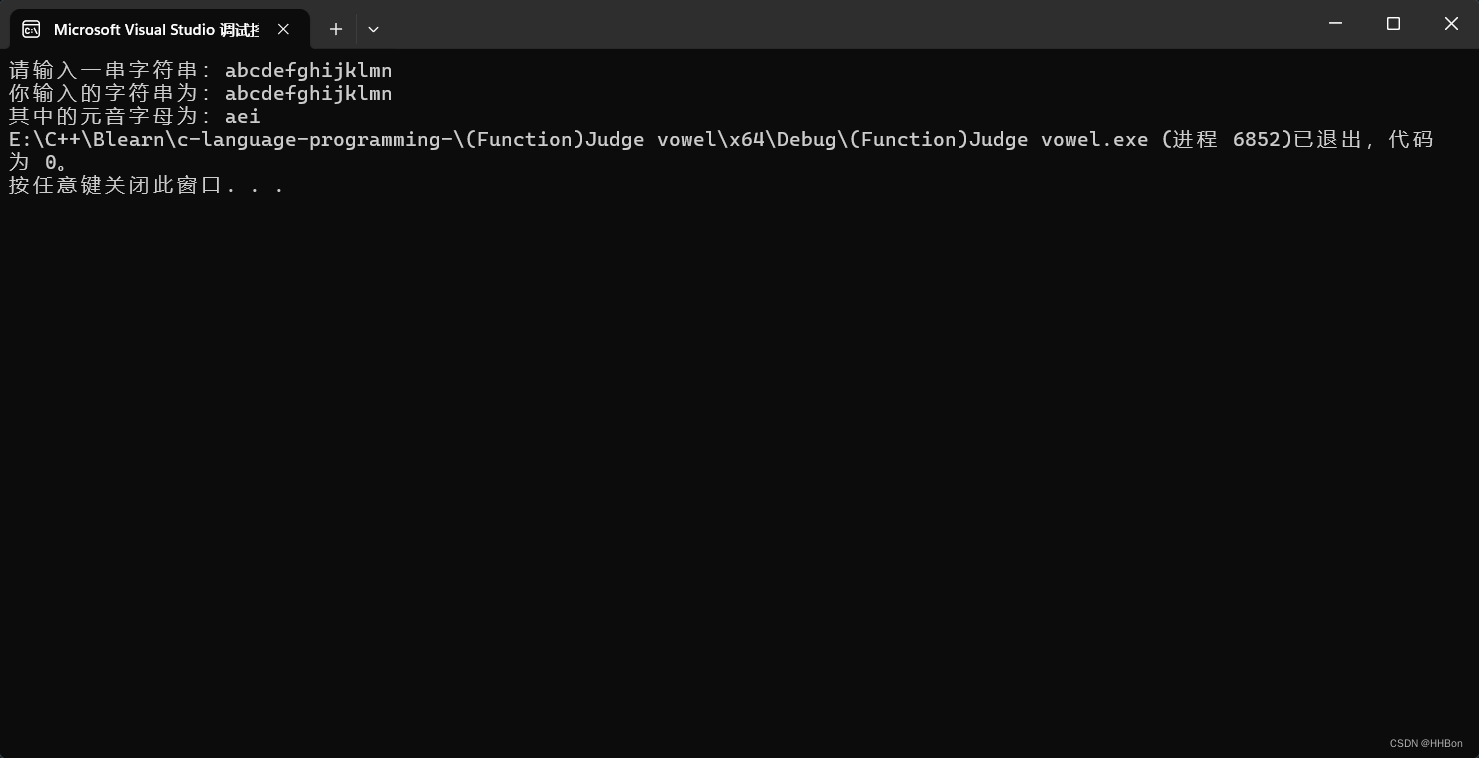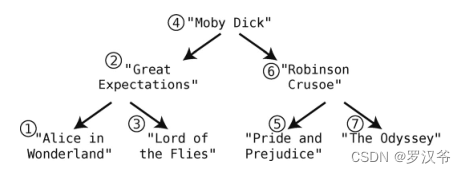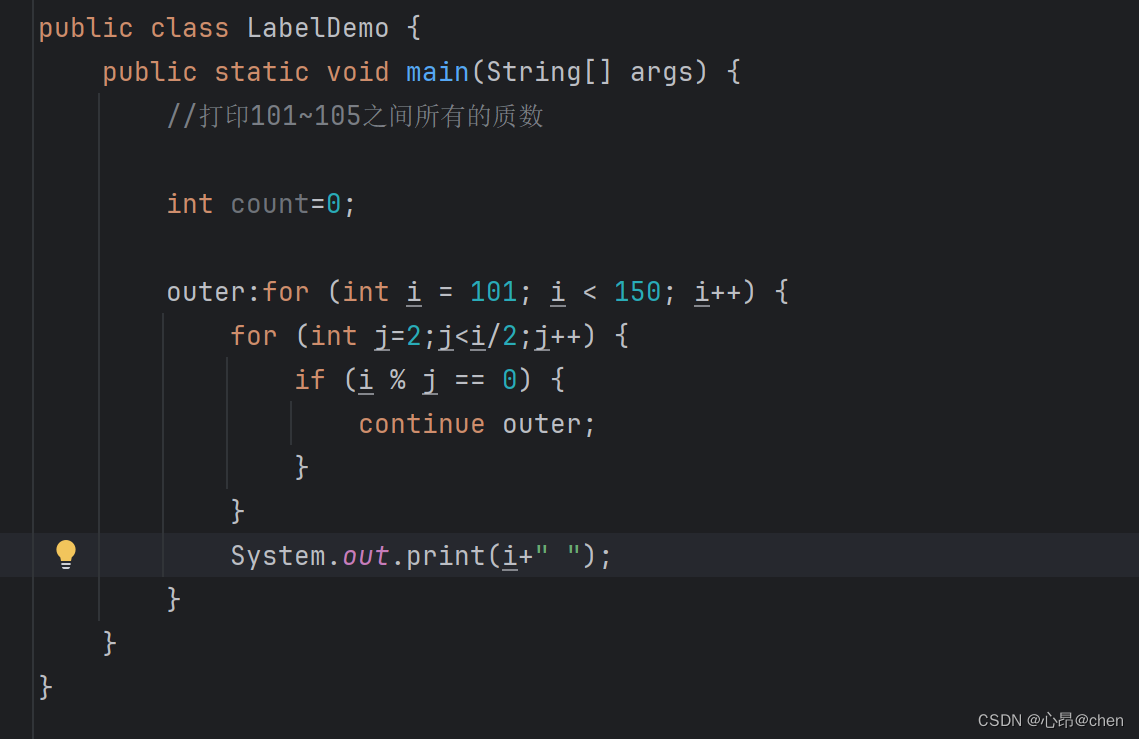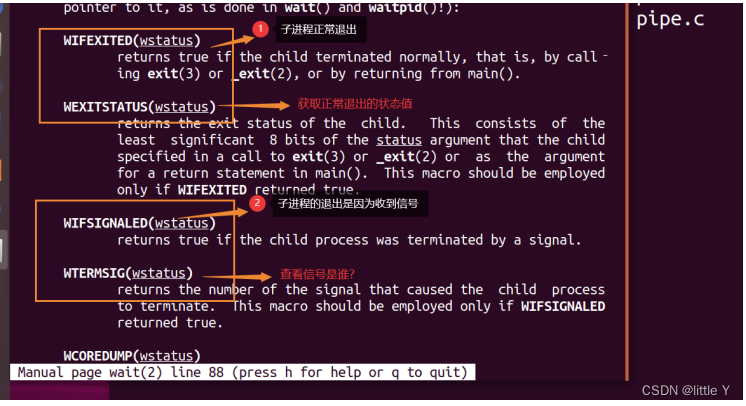epoll源码分析
主要数据结构 epoll_create()函数实现 ep_alloc():初始化结构 初始化eventpoll epoll_ctl()函数实现 ep_insert回调函数的实现 ep_ptable_queue_proc函数 ep_poll_callback epoll_wait函数 SYSCALL_DEFINE4(epoll_wait, ...) ep_poll ep_send_events
struct eventpoll
{
spinlock_t lock; // 自旋锁
struct mutex mtx; // 防止使用时被删除
wait_queue_head_t wq; // sys_epoll_wait() 使用的等待队列
wait_queue_head_t poll_wait; // file->poll() 使用的等待队列
struct list_head rdllist; // 事件满足条件的链表, 事件就绪, 准备在epoll_wait时写入用户空间
struct rb_root rbr;
struct epitem *ovflist; // 将事件到达的fd进行连接, 并发送至用户空间
struct user_struct *user;
};
struct epitem
{
struct rb_node rbn;
struct list_head rdllink; // 事件的就绪队列
struct epoll_filed ffd;
int nwait;
struct list_ead pwqlist; // poll 等待队列
struct eventpoll *ep; // 属于哪个结构体
struct list_head fllink; // 链接fd对应的file链表
struct epoll_event event; // 事件
};
struct epoll_filefd
{
struct file *file;
int fd;
};
static inline void __list_add(struct list_head *new, struct list_head *prev, struct list_head *next)
{
next->prev = new;
new->prev = prev;
new->next = next;
prev->next = new;
}
static inline void list_add_tail(struct list_head *new, struct list_head *head)
{
__list_add(new, head->prev, head);
}
// 检查是否为空链表
static inline int waitqueue_active(wait_queue_t *q)
{
return !list_empty(&q->task_list);
}
通过get_cunrent_user获得用户信息; 通过kzalloc()分配空间; 失败则释放获得的用户信息并退出; 初始化自旋锁 加锁 初始化等待队列、就绪队列、红黑树根; ep保存用户信息、红黑树头、等待队列和就绪队列。 // fs/eventpoll.c
static int ep_alloc(strut eventpoll **pep)
{
...
struct user_struct *user;
struct eventpoll *ep;
user = get_current_user(); // 获得用户的信息
ep = kzalloc(sizeog(*ep), GFP_KERNEL); // 申请空间, kzalloc()与kalloc基本一样, 只是会在申请空间之后将其清零, 避免以前的数据影响.
/*加锁*/
spin_lock_init(&ep->lock);
mutex_init(&ep->mtx);
/*队列的初始化*/
init_waitqueue_head(&ep->wq);
init_waitqueue_head(&ep->poll_wait);
INIT_LIST_HEAED(&ep->rdllist);
...
}
// kernel/wait.c
void init_waitqueue_head(wwait_queue_head_t *q)
{
spin_lock_init(&q->lock);
INIT_LIST_HEAD(&q->task_list);
}
// epoll_create()的系统调用
SYSCALL_DEFINE1(epoll_create1, int, flags)
{
int errno, fd = -1;
struct eventpoll *ep;
...
errnno = ep_alloc(&ep);
...
// 重点 : 创建匿名文件, 并返回文件描述符
fd = anon_inode_getfd("[eventpoll]", &eventpoll_fops, ep, flags & O_CLOEXEC);
}
SYSCALL_DEFINE1(epoll_create, int, size)
{
if(size <= 0)
return EINVAL;
// 这里我一直认为是size, 但是源码是这样, 并且也没有人改, 应该是我没有理解吧.
return sys_epoll_create1(0);
}
// 创建匿名文件,返回匿名文件的文件描述符
// 创建文件描述符, inode 指针的指向
int anon_inode_getfd(const char *name, const struct file_operations *fops,
void *priv, int flags)
{
struct qstr this;
struct dentry *dentry;
struct file *file;
int error, fd;
// 完成文件描述符的分配
error = get_unused_fd_flags(flags);
if (error < 0)
return error;
fd = error;
error = -ENOMEM;
// 初始化即将放入目录项中的文件名
this.name = name;
this.len = strlen(name);
this.hash = 0;
// 文件名信息加入到目录项中
dentry = d_alloc(anon_inode_mnt->mnt_sb->s_root, &this);
if (!dentry)
goto err_put_unused_fd;
// 为文件分配空间, 映射地址
...
return fd;
err_dput:
...
}
// 文件描述符的分配
// 创建文件, 文件, 返回文件描述符
// 这里传入的 start的值为 0
int alloc_fd(unsigned start, unsigned flags)
{
// currnet指向当前进程的指针, 通过current获得进程的文件表
struct files_struct *files = current->files;
unsigned int fd;
int error;
struct fdtable *fdt;
spin_lock(&files->file_lock);
repeat:
// 通过进程的打开文件列表获得文件描述符位图结构, 说白了就是打开进程的文件描述符表
fdt = files_fdtable(files);
fd = start;
if (fd < files->next_fd)
fd = files->next_fd;
if (fd < fdt->max_fds)
// 在文件描述符表中找到一个空闲的bit位, 找到空闲的bit位就相当于找到一个文件描述符
fd = find_next_zero_bit(fdt->open_fds->fds_bits,fdt->max_fds, fd);
// 通过fd值, 判断是否对文件描述符表进行扩展
error = expand_files(files, fd);
// 错误判断
...
if (start <= files->next_fd)
files->next_fd = fd + 1;
FD_SET(fd, fdt->open_fds);
if (flags & O_CLOEXEC)
FD_SET(fd, fdt->close_on_exec);
else
FD_CLR(fd, fdt->close_on_exec);
...
}
函数从SYSCALL_DEFINE1(epoll_create)开始,调用ep_alloc函数对event_poll分配内存空间,然后初始化红黑树、就序列表等。 最重要的是alloc_fd函数的调用,为epoll创建一个存放数据的匿名文件,并未文件设置好inode索引号,文件名存放在目录项中。 最后返回文件打开的文件描述符,将文件信息放入进程的task_stuct结构中的文件描述符表中。 epoll_create就是进程在内核中创建了一个从epoll文件描述符到eventpoll结构的通道。 struct ep_pqueue
{
poll_table pt;
struct epitem *epi;
};
通过copy_from_user将数据从用户空间拷贝到内核空间; 通过fget()获得epoll_create()创建的匿名文件的文件指针; 进行epoll_ctl()传入的op方法的判断 SYSCALL_DEFINE4(epoll_create, int, epfd, int, op, int, fd, struct epoll_event __user*, event)
{
struct epoll_event epds;
...
// 从用户态拷贝到内核态
if(ep_op_has_event(op) && copy_from_user(&epds, event, sizeof(struct epoll_event)))
goto error_return;
// 获取调用 epoll_create()函数返回的文件描述符后, 获得创建匿名文件的文件指针.
file = fget(epfd);
if (!file)
goto error_return;
tfile = fget(fd);
if (!tfile)
goto error_fput;
...
epi = ep_find(ep, tfile, fd); // 查找的原因在于ep是否已经存在了
/*
ep_find : 二叉查找文件
1. 通过将ep_set_ffd()将文件描述符和文件指针加入到一个结构体中
2. 调用ep_cmp_ffd()进行节点与要查找的文件进行比较, 二叉搜索
*/
error = -EINVAL;
// 调用 epoll_ctl()函数的方法
switch (op)
{
case EPOLL_CTL_ADD: // 添加
if (!epi)
{
epds.events |= POLLERR | POLLHUP;
// 调用ep_insert()函数, 设置好回调函数
error = ep_insert(ep, &epds, tfile, fd);
}
else
error = -EEXIST;
break;
case EPOLL_CTL_DEL: // 删除
if (epi)
error = ep_remove(ep, epi);
else
error = -ENOENT;
break;
case EPOLL_CTL_MOD: //修改
if (epi)
{
epds.events |= POLLERR | POLLHUP;
error = ep_modify(ep, epi, &epds);
}
else
error = -ENOENT;
break;
}
...
}
调用kmem_cache_alloc申请缓存空间; 调用ep_set_ffd将文件描述符和文件指针加入到ffd结构体中; 调用init_poll_funcptr()设置回调函数为ep_ptable_queue_proc; 调用ep_rbtree_insert()将ep加入到ep1中; 将struct epitem epi插入到红黑树中 static int ep_insert(struct eventpoll *ep, struct epoll_event *event, struct file *file, int fd)
{
...
struct epitem *epi;
struct ep_pqueue epq;
// 从slab里面分配缓存空间
if(!(epi = kmem_cache_alloc(epi_cache, GFP_KERNEL)))
return -ENOMEM;
// 初始化
INIT_LIST_HEAD(&epi->rdllink);
INIT_LIST_HEAD(&epi->fllink);
INIT_LIST_HEAD(&epi->pwqlist);
...
// 保存 epi 以便回调时使用
epq.epi = epi;
// 设置好 poll 回调函数为ep_ptable_queue_proc
init_poll_funcptr(&epq.pt, ep_ptable_queue_proc);
// 调用事件 poll 函数来获取当前事件位, 利用它来调用注册函数 ep_ptable_queue_proc
revents = tfile->f_op->poll(tfile, &epq.pt);
...
// 将其加入到红黑树中
ep_rbtree_insert(ep, epi);
/*
ep_rbtree_insert : 插入二叉树中
1. 通过ep_cmp_ffd进行二叉搜索
2. 调用rb_link_node rb_insert_color 将 ep结构加入到epi中
*/
// 返回的事件位(revent)与最初设置的事件位(events)相与进行判断, 判断是否有时间到来, 同时还要保证返回给epoll_wait()的就绪队列不为空
if ((revents & event->events) && !ep_is_linked(&epi->rdllink))
{
list_add_tail(&epi->rdllink, &ep->rdllist);
// 检查等待队列是否为空
if (waitqueue_active(&ep->wq))
wake_up_locked(&ep->wq);
// 等待队列不为空, 则增加唤醒次数
if (waitqueue_active(&ep->poll_wait))
pwake++;
}
...
}
// 将qproc注册到 poll_table_struct 中
// 因为执行 f_op->poll() 时. XXX_poll() 函数会执行 poll_wait() 回调函数, 而 poll_wait()又会调用 poll_table_struct 中的 qproc
static inline void init_poll_funcptr(poll_table *pt, poll_queue_proc qproc)
{
pt->qproc = qproc;
}
将申请缓存空间; 设置poll被唤醒时要调用的回调函数; 将其加入到等待队列中。 首先将eppoll_entry的whead指向fd的设备等待队列, 再初始化eppoll_entry的base变量指向epitem,最后通过add_wait_queue将epoll_entry挂载到fd的设备等待队列上。完成这个动作后,epoll_entry已经被挂载到fd的设备等待队列。 // 当 poll 函数唤醒时就调用该函数
static void ep_ptable_queue_proc(struct file *file, wait_queue_head_t *whead, poll_table *pt)
{
// 从注册的结构中struct ep_pqueue中获取项epi
struct epitem *epi = ep_item_from_epqueue(pt);
// eppoll_entry主要完成epitem和epitem事件发生时的callback(ep_poll_callback)函数之间的关联
struct eppoll_entry *pwq;
// 申请eppoll_entry 缓存, 加入到等待队列中, 和链表中
if (epi->nwait >= 0 && (pwq = kmem_cache_alloc(pwq_cache,GFP_KERNEL)))
{
// 初始化等待队列函数的入口. 也就是 poll 醒来时要调用的回调函数
init_waitqueue_func_entry(&pwq->wait, ep_poll_callback);
pwq->whead = whead;
pwq->base = epi;
// 加入到等待队列中
add_wait_queue(whead, &pwq->wait);
// 将等待队列 llink 的链表挂载到 eptiem等待链表中
list_add_tail(&pwq->llink, &epi->pwqlist);
epi->nwait++;
}
...
}
加锁; 进行事件判断,没有事件则goto out_unlink; event_poll是否加入就绪队列中,goto is_list; 调用list_add_tail加入链表; 将epi结构体加入到就绪队列中; is_list段:调用waitqueue_active判断就绪队列是否为空,不为空计数值增加; out_list段:解除所有锁; 退出。 ep_poll_callback 函数主要的功能是将被监视文件的等待事件就绪时,将文件对应的epitem实例添加到就绪队列中,当用户调用epoll_wait()时,内核会将就绪队列中的事件报告给用户。// poll 到来时, 调用的回调函数. 判断poll 事件是否到来, 是否加入到就绪队列中了
static int ep_poll_callback(wait_queue_t *wait, unsigned mode, int sync, void *key)
{
struct epitem *epi = ep_item_from_wait(wait);
...
// 事件epi在是否在准备列表中
if (ep_is_linked(&epi->rdllink))
goto is_linked;
// 重要 : 将 fd 加入到 epoll 监听的就绪队列中
list_add_tail(&epi->rdllink, &ep->rdllist);
...
}
以SYSCALL_DEFINE4(epoll_ctr, …)开始,函数首先分配空间,将结构从用户空间复制到内核空间中; 在进行方法(op)判断之前,先采用ep_find函数进行查找,以确保该数据已经设置好回调函数; 然后使用fget函数获取该epoll的匿名文件描述符,最后进行方法判断。 判断最大值合法性; 获取匿名文件的文件指针,取得文件信息; 调用ep_poll阻塞自己,等待有消息的到来 // epoll_wait()函数的调用
SYSCALL_DEFINE4(epoll_wait, int, epfd, struct epoll_event __user *,events,
int, maxevents, int, timeout)
{
int error;
struct file *file;
struct eventpoll *ep;
...
// 判断最大值没有超过能承受的范围
if (maxevents <= 0 || maxevents > EP_MAX_EVENTS)
return -EINVAL;
// 获取epoll_create()函数创建的匿名文件的文件描述符
file = fget(epfd);
if (!file)
goto error_return;
...
error = -EINVAL;
// 判断类型是不是epoll类型
if (!is_file_epoll(file))
goto error_fput;
// 获取文件中保存的信息
ep = file->private_data;
// 重点,有消息到来时会执行,否则阻塞自己
// 等待就绪队列不为空, 也就是等待有要接受的消息到来
error = ep_poll(ep, events, maxevents, timeout);
...
}
先设置好时间长度,如果传过来的已经设置好的事件,就设置为传入的时间,没有的话就默认一个初始事件; 初始化就绪的等待队列; 对有没有进程准备好、有没有消息传来或时间进行判断,如果满足就退出循环,执行进程; 如果没有满足就执行进程调度,让出CPu,等待一段时间后返回该进程进行判断; 调用ep_send_events将就绪链表中的数据返回给用户空间。 // 设置进程的为可中断, 一直等待有事件的到来. 没哟到来就被调度
static int ep_poll(struct eventpoll *ep, struct epoll_event __user *events, int maxevents, long timeout)
{
int res, eavail;
unsigned long flags;
long jtimeout;
wait_queue_t wait;
...
// 设置运行的时间节拍
jtimeout = (timeout < 0 || timeout >= EP_MAX_MSTIMEO) ?
MAX_SCHEDULE_TIMEOUT : (timeout * HZ + 999) / 1000;
if (list_empty(&ep->rdllist))
{
// 初始化 wait 等待队列的入口
init_waitqueue_entry(&wait, current);
wait.flags |= WQ_FLAG_EXCLUSIVE;
__add_wait_queue(&ep->wq, &wait);
// 等带回调函数, 进程设置为是可中断的
for (;;)
{
// 设置进程此时的状态是可中断的
set_current_state(TASK_INTERRUPTIBLE);
// 链表不为空, 或者时间到了
if (!list_empty(&ep->rdllist) || !jtimeout)
break;
...
// 在时间节拍到达之前, 让出 cpu 调用其他进程, 时间节拍到达时, 重新通过中断回调该进程
jtimeout = schedule_timeout(jtimeout);
/*
// 可用于在阻塞态的进程让出cpu, 一定时间后再回调查看
extern inline void schedule_timeout(int timeout)
{
current->timeout = jiffies + timeout;
current->state = TASK_INTERRUPTIBLE;
schedule();
current->timeout = 0;
}
*/
spin_lock_irqsave(&ep->lock, flags);
}
__remove_wait_queue(&ep->wq, &wait);
// 将进程状态设置为运行态
set_current_state(TASK_RUNNING);
}
eavail = !list_empty(&ep->rdllist);
...
// 没有被中断, 有就绪队列, 并向用户空间发送成功, 并调用ep_send_event()返回给用户空间就绪的epoll事件
if (!res && eavail &&
!(res = ep_send_events(ep, events, maxevents)) && jtimeout)
goto retry;
return res;
}
将就绪队列的链表复制到一个新的链表中,并且清空就绪队列; 将新保存的链表调用__put_uer,将就绪队列从内核空间复制用户空间; 判断是否是下降沿有效; 如果在将队列返回给用户空间的时候又有新消息到来的时候,需要重新将就绪消息放入ovflist中,同时增加唤醒的次数。 // 向用户空间发送就绪事件队列
static int ep_send_events(struct eventpoll *ep, struct epoll_event __user *events,
int maxevents)
{
int eventcnt, error = -EFAULT, pwake = 0;
unsigned int revents;
unsigned long flags;
struct epitem *epi, *nepi;
struct list_head txlist;
INIT_LIST_HEAD(&txlist);
...
// 将 rdllist 就绪队列的链表放入到 txlist 链表中, 此时 rdllist 就为空链表了
list_splice(&ep->rdllist, &txlist);
INIT_LIST_HEAD(&ep->rdllist);
// 清空ovflist, 原因是后面执行将链表复制到用户空间的时侯还有消息到来, 就保存在ovflist中
ep->ovflist = NULL;
spin_unlock_irqrestore(&ep->lock, flags);
// 将就绪的队列放入传回到用户空间
for (eventcnt = 0; !list_empty(&txlist) && eventcnt < maxevents;)
{
// 取出第一个消息数据到来的结构, 然后移除这个数据结构
epi = list_first_entry(&txlist, struct epitem, rdllink);
list_del_init(&epi->rdllink);
// 确保有需要文件的存在, 并且也有操作的掩码存在
revents = epi->ffd.file->f_op->poll(epi->ffd.file, NULL);
revents &= epi->event.events;
// 就绪队列发送至用户空间
if (revents) {
if (__put_user(revents, &events[eventcnt].events) ||__put_user(epi->event.data, &events[eventcnt].data))
goto errxit;
if (epi->event.events & EPOLLONESHOT)
epi->event.events &= EP_PRIVATE_BITS;
// 唤醒消息的个数
eventcnt++;
}
// 是否是下降沿有效
if (!(epi->event.events & EPOLLET) && (revents & epi->event.events))
list_add_tail(&epi->rdllink, &ep->rdllist);
}
error = 0;
errxit:
spin_lock_irqsave(&ep->lock, flags);
// 在发送给用户空间的时侯又有数据传来时, 将事件放入到 ovflist 队列中. 在将数据加入到就绪队列事件中
for (nepi = ep->ovflist; (epi = nepi) != NULL; nepi = epi->next, epi->next = EP_UNACTIVE_PTR)
{
if (!ep_is_linked(&epi->rdllink) && (epi->event.events & ~EP_PRIVATE_BITS))
list_add_tail(&epi->rdllink, &ep->rdllist);
}
ep->ovflist = EP_UNACTIVE_PTR;
...
if (waitqueue_active(&ep->wq))
wake_up_locked(&ep->wq);
// 如果 poll 队列不为空, 则唤醒的次数++
if (waitqueue_active(&ep->poll_wait))
pwake++;
}
...
// 返回累计的值
return eventcnt == 0 ? error: eventcnt;
}
调用SYSCALL_DEFINE(epoll_wait, …)函数,获得匿名文件的文件指针,在通过调用ep_poll函数,进行时间片的设置,在时间片结束后就绪队列为空,就退出等待; 如果时间设置的是负数,ep_poll函数会调用schedule_timeout,执行进程调度,当设置的时间片结束后又继续回到ep_poll进程查看就绪队列是否为空,为空的话就继续进程调度,此时wait又变成阻塞态; 当就绪队列准备好后,就退出进程调度,执行ep_send_events函数,主要是为了将就绪队列的链表从内核空间发送给用户空间。



